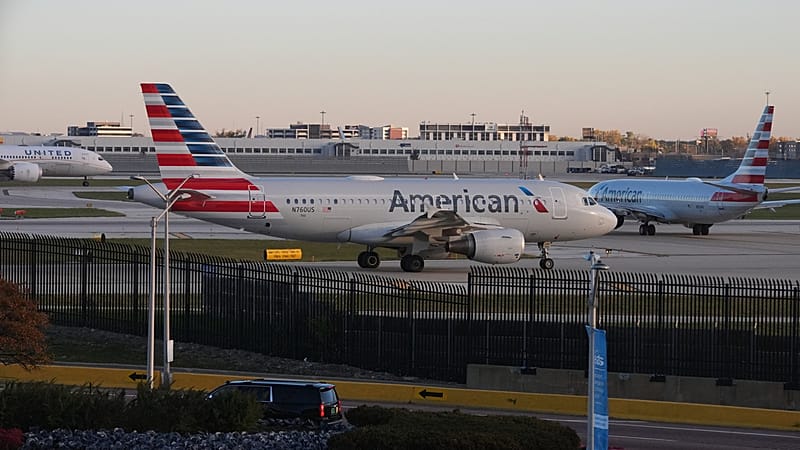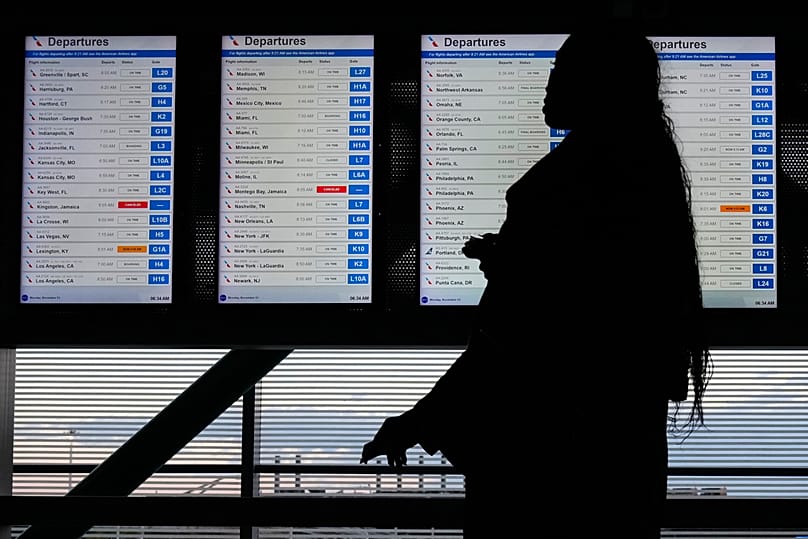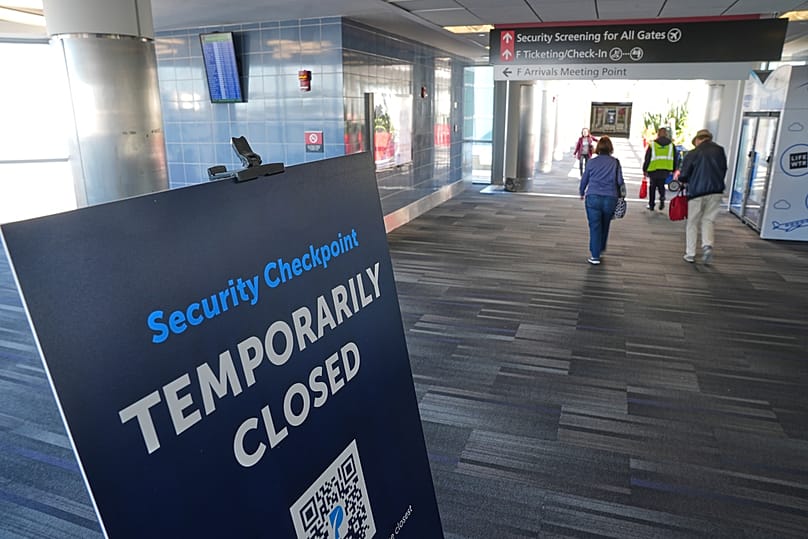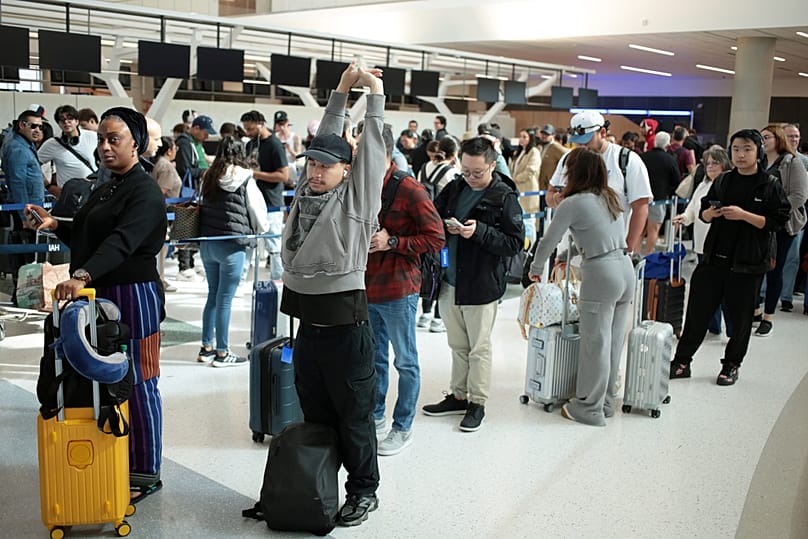US to reduce air traffic by 10% across 40 high-volume airports over government shutdown

US aviation authorities said Wednesday that they were taking the extraordinary step of reducing air traffic by 10% across 40 “high-volume” airports beginning Friday morning as air traffic controllers exhibit signs of strain during the ongoing government shutdown.
According to the Federal Aviation Administration (FAA), the cutback is expected to affect thousands of flights nationwide, as it directs more than 44,000 flights daily, including commercial passenger flights, cargo planes and private aircraft.
The agency did not immediately identify which airports or cities would be affected but said the restrictions would remain in place as long as necessary.
Air traffic controllers have been working unpaid since the shutdown began on 1 October, and most have been on duty six days a week while putting in mandatory overtime.
“I’m not aware of my 35-year history in the aviation market where we’ve had a situation where we’re taking these kinds of measures,” FAA Administrator Bryan Bedford said at a news conference.
Citing increased staffing pressures and voluntary safety reports from pilots indicating growing fatigue among air traffic controllers, Bedford said he and US Transportation Secretary Sean Duffy did not want to wait until the situation reached a crisis point.
“We’re not going to wait for a safety problem to truly manifest itself when the early indicators are telling us we can take action today to prevent things from deteriorating,” Bedford said.
“The system is extremely safe today and will be extremely safe tomorrow. If the pressures continue to build even after we take these measures, we’ll come back and take additional measures.”
Meanwhile, several airlines, including United, Southwest and American, all said they will try to minimise the impact on consumers as they cut their schedules to comply with the order.
Media reports said calls to United and American Airlines customer service hotlines were answered within a few minutes on Wednesday afternoon, suggesting anxious passengers were not swamping the airlines with questions about the status of their upcoming flights.
According to an estimate by aviation analytics company Cirium, the losses could amount to 1,800 flights and 268,000 seats.
For example, O’Hare International Airport in Chicago could see 121 of its 1,212 flights currently scheduled for Friday cut if the FAA distributes the reductions equally among impacted airports, Cirium said.
Data shows worsening staffing
It is common for the FAA to slow down or stop flights from taking off toward an airport for many reasons, including weather conditions, equipment failures, and technical problems.
Staffing shortages also may lead to slowed or halted departures if there aren’t enough controllers and another facility can’t absorb some of the workload.
Last weekend saw some of the worst staffing shortages of the shutdown.
According to an Associated Press report showing plans issued through the Air Traffic Control System Command Center system, at least 39 distinct air traffic control facilities announced there was some possibility of restricted staffing between Friday and Sunday evening.
The figure, which the report described as likely an undercount, is well above the average for weekends before the shutdown.
Major airlines, aviation unions and the wider travel industry have urged the US Congress to end the shutdown, which became the longest on record early Wednesday.
Hoy




